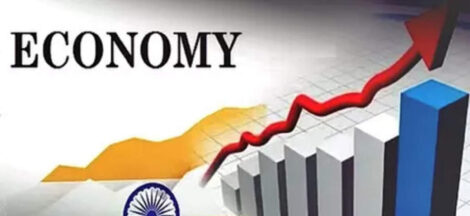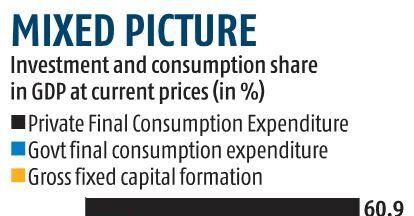NEW DELHI: India’s annual defence production reached an all-time high of ₹1.46 trillion in 2024-25 (FY25), marking an almost 15 per cent jump from the previous record of ₹1.27 trillion in FY24, Defence Minister Rajnath Singh said on Thursday.
He said that defence exports also hit a record high in the previous financial year, crossing ₹24,000 crore, an increase of nearly 14 per cent from ₹21,083 crore in FY24.
Singh also highlighted the private sector’s contribution, which stood at over ₹32,000 crore, about 22 per cent of the total defence production. He was addressing Confederation of Indian Industry’s (CII’s) annual business summit in New Delhi.
The private sector’s share in the value of production in FY24 was 20.8 per cent.
Addressing industry leaders, the defence minister also emphasised that, for the first time, the private sector would have the opportunity to participate in a major defence project alongside public sector companies, under the Advanced Medium Combat Aircraft (AMCA) programme execution model approved on Tuesday.
“Under the AMCA project, the plan is to develop five prototypes, which will be followed by series production. It is a key milepost in the history of the Make-in-India programme,” he said.
The defence minister said that India’s rise as the fourth-largest economy was a matter of great pride, as he underlined the significant role of the defence sector in the country’s growth.
“Ten to eleven years ago, our defence production was approximately ₹43,000 crore. Today, it has crossed the record figure of ₹1.46 trillion, with a contribution of over ₹32,000 crore by the private sector,” he said, adding, “Our defence exports, which were around ₹600-700 crore 10 years ago, have surpassed a record figure of ₹ 24,000 crore today. Our weapons, systems, sub-systems, components, and services are reaching around 100 countries.”
Commenting on Operation Sindoor, India’s targeting of terrorist sites in Pakistan and Pakistan-occupied Kashmir (PoK) on May 7 and the ensuing military exchanges until May 10, Singh said, “Make-in-India is an essential component in our national security and it played a key role in India’s effective action against terrorism during Operation Sindoor.”
Emphasising the role of indigenous defence capabilities in enabling decisive action, the defence minister added, “We destroyed the terrorist hideouts and then the military bases. We could have done a lot more, but we presented a great example of coordination of power and restraint.”
At the same event, Defence Secretary Rajesh Kumar Singh addressed the private sector, assuring that the government would extend it the same support it had historically provided to the public sector.
“I will be striving to improve the ease of doing business, to create a level playing field, and hopefully even bury you under orders,” he said.
Highlighting how prolonged procurement procedures had previously caused decade-long acquisition delays, created capability gaps for the armed forces, and left portions of the defence modernisation budget unspent in several years, the secretary said the situation was now changing.
“In the last financial year (FY25), we have, for the first time in five years, exhausted our modernisation budget. More importantly, we signed contracts worth ₹2 trillion, double the previous record of about ₹1 trillion in FY24,” Singh said.
The secretary expressed hope that this momentum would accelerate the pace of military modernisation.
“If we can sustain this level of utilisation, we are also in a better position to approach both the Ministry of Finance and the Finance Commission with requests for higher allocations, particularly for the modernisation budget for our armed forces,” he said.
While noting that the defence budget remains substantial even at 1.9 per cent of GDP, he added, “Factoring in the power of compounded growth on a $4 trillion GDP, I am sure it will be more than adequate to meet our modernisation requirements, subject to the absorptive capacity of the Ministry of Defence, in terms of signing contracts, and in the industry for gearing up to fulfil these contracts.”
Chief of the Naval Staff Admiral Dinesh K Tripathi, Chief of the Air Staff Air Chief Marshal AP Singh, Secretary of the Department of Defence R&D and DRDO Chairman Samir V Kamat, Vice Chief of the Army Staff Lt Gen NS Raja Subramani, and CII President Sanjiv Puri were among those present at the event.
Source: Business Standard



